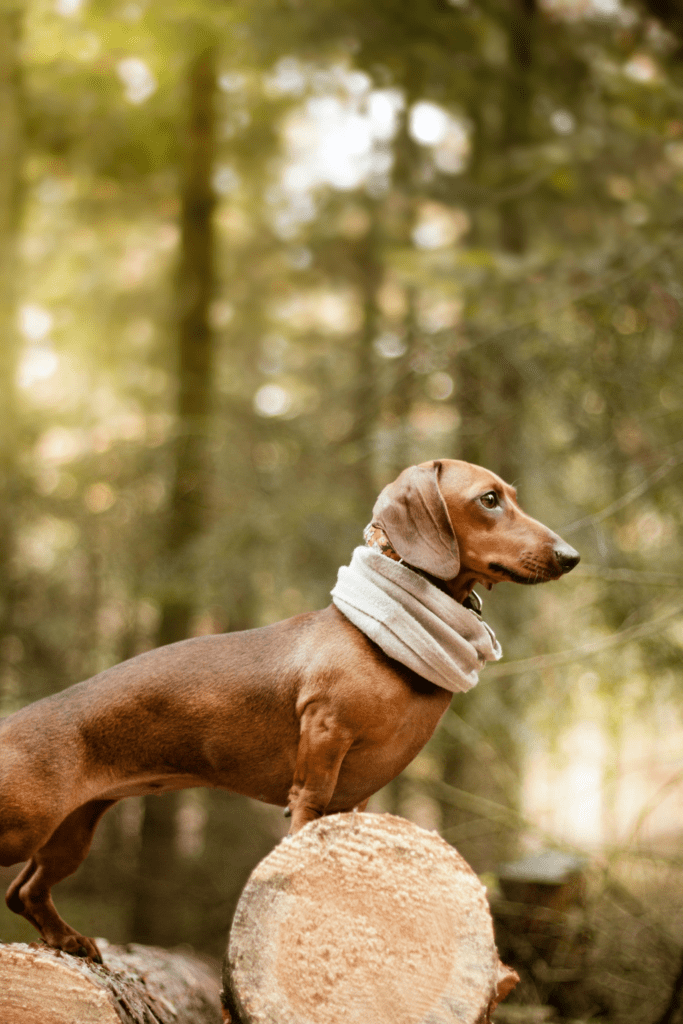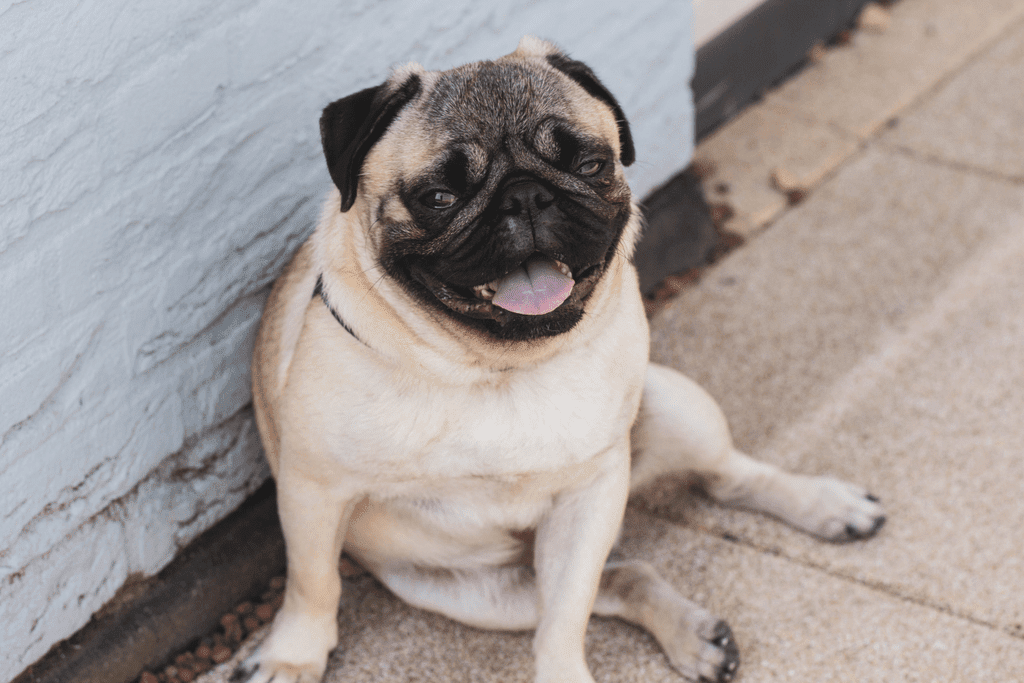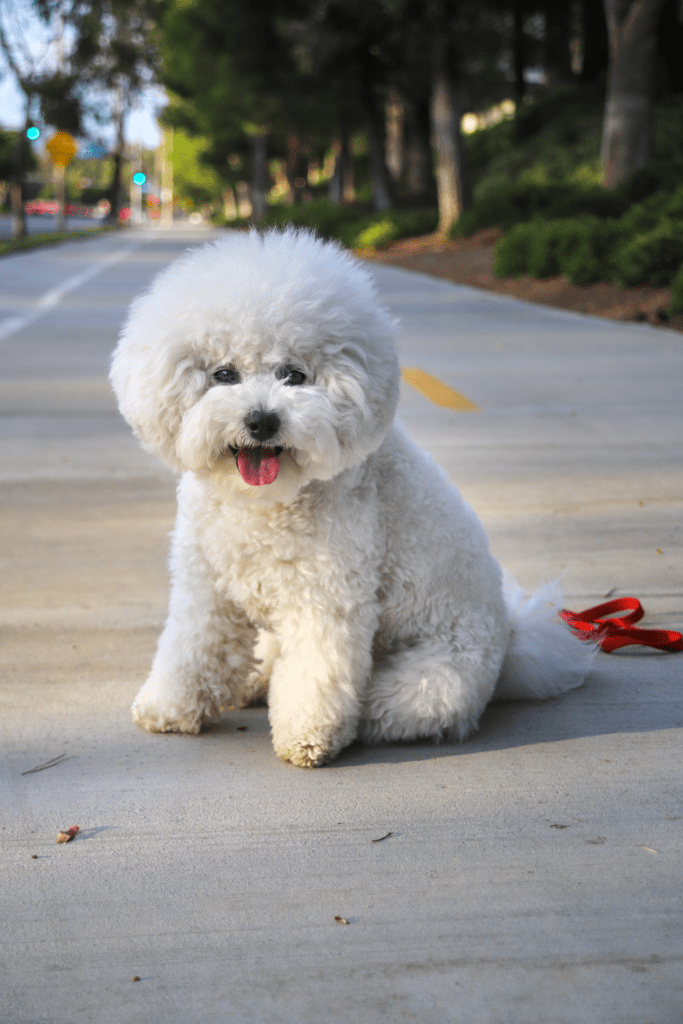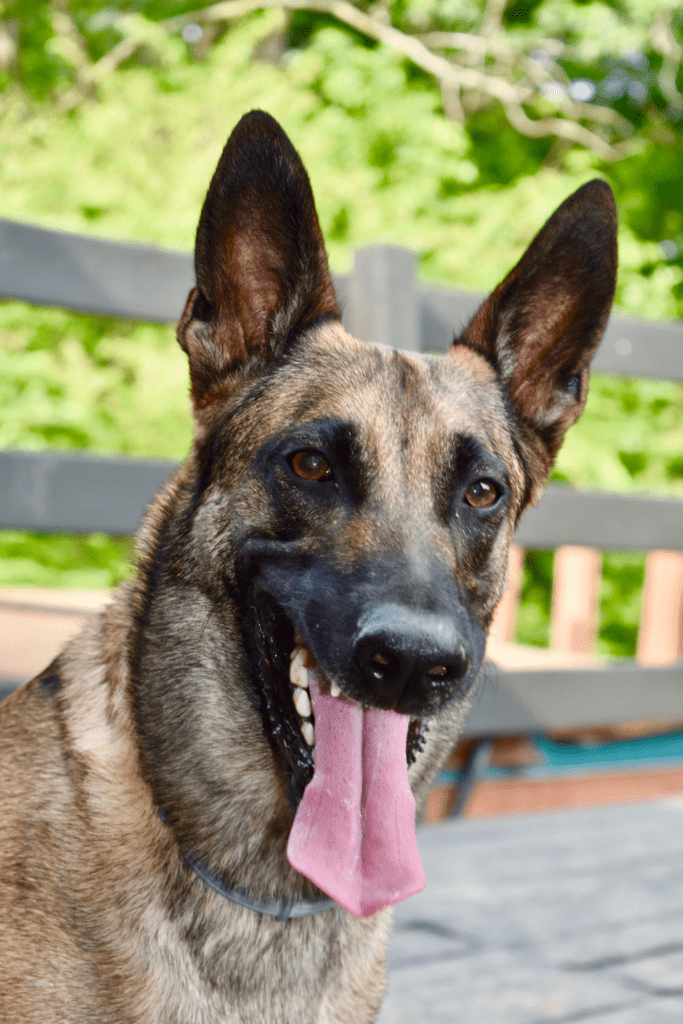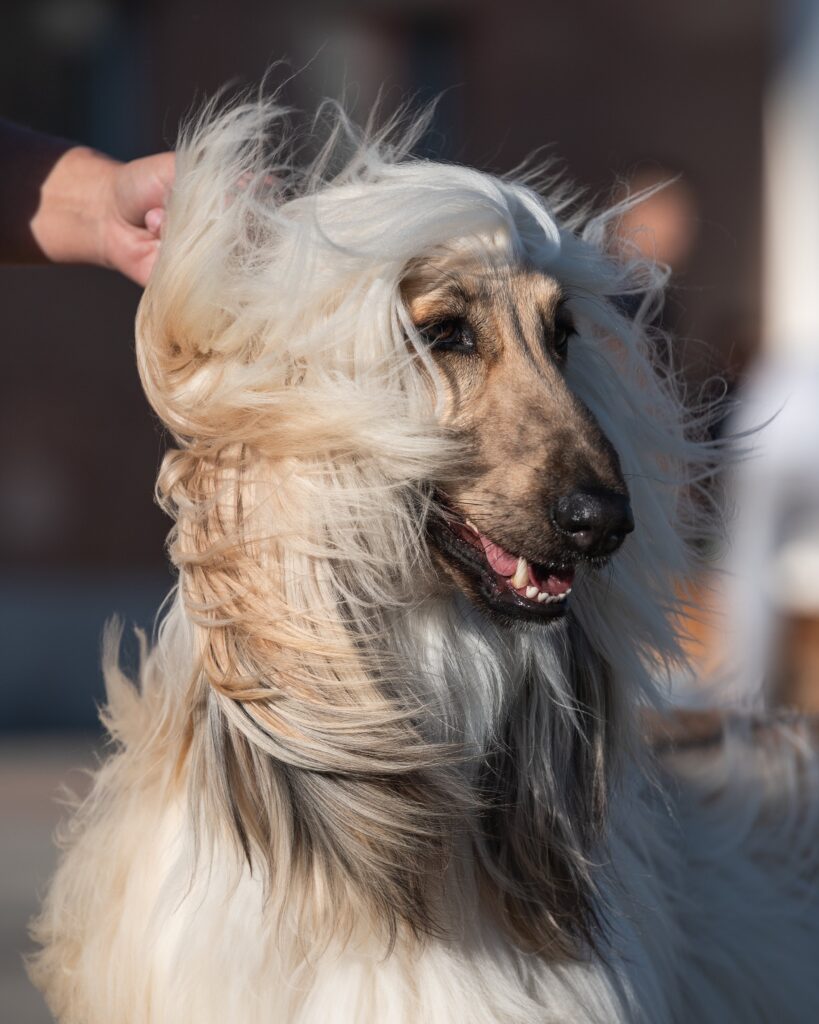A Guide to the Dachshund Dog Breed
Learn all about the adorable and unique Dachshund dog breed. History and Origin Dachshunds have a rich history that dates back to 15th-century Germany. Originally bred for their unique hunting abilities, these small but mighty dogs were primarily used for tracking and retrieving game, particularly badgers and other burrow-dwelling animals. The name ‘Dachshund’ itself translates to ‘badger dog’ in German. During the 15th century, badger hunting was a popular sport among European nobility. However, it was not an easy task as badgers were known for their fierce nature and ability to retreat into their burrows when threatened. This is where the Dachshund’s long, low-slung body and powerful scenting ability came into play. Their sturdy limbs and strong front paws allowed them to dig into burrows, while their acute sense of smell helped them locate their prey. As hunting dogs, Dachshunds were highly valued for their bravery and determination. They were often praised for their ability to go head-to-head with much larger animals, and their courage in the face of danger made them a favorite choice among hunters. The breed’s popularity grew rapidly in Germany, and their versatile skills made them suitable for various types of hunting. In addition to badgers, Dachshunds were also used to track down and flush out other small game, such as rabbits and foxes. Over time, Dachshunds caught the attention of dog enthusiasts outside of Germany as well. Their distinctive appearance and exceptional hunting abilities soon made them popular in other parts of Europe and eventually across the world. Today, Dachshunds are known not only for their hunting prowess but also for their charming and affectionate nature. They have become beloved family pets and are valued for their loyalty, intelligence, and playful personality. The history and origin of Dachshunds bear testament to their impressive lineage and remarkable adaptability. Whether as skilled working dogs or cherished companions, these ‘badger dogs’ continue to leave their paw print in the hearts of dog lovers worldwide. Physical Characteristics Dachshunds, also known and loved as wiener dogs or sausage dogs, are an adorable breed with some unique physical characteristics that set them apart from other dogs. These small-sized dogs have a long and low body with short legs, giving them a distinct appearance. One of the most fascinating features of dachshunds is their body shape. Their elongated body is a result of a genetic mutation known as chondrodystrophy, which affects their cartilage and bone development. This mutation leads to their shortened legs and unique body structure. Despite their unconventional shape, dachshunds are incredibly agile and quick. They may be short, but they are certainly not lacking in speed or energy! Another interesting aspect of dachshunds is their coat type. These lovable pooches come in three different coat varieties: smooth, wirehaired, and longhaired. The smooth-coated dachshunds have a sleek and shiny coat that lies close to their bodies. The wirehaired dachshunds have a rough and wiry coat that provides them with extra protection and durability. And finally, the longhaired dachshunds have a gorgeous, flowing coat that is absolutely enchanting. Regardless of their coat type, dachshunds require regular grooming to maintain a healthy coat. Brushing their coat regularly helps to remove loose hair and prevent matting, ensuring that they always look their best. Additionally, dachshunds have a tendency to shed, so owners should be prepared for some fur around the house. Aside from their body shape and coat type, dachshunds have other physical characteristics that make them easily recognizable. They have a long snout, large expressive eyes, and velvety ears that are hard to resist. Their noses can come in various colors, including black, brown, or even pink. These traits combined give dachshunds an irresistible charm that melts the hearts of dog lovers all around the world. Due to their diminutive size and unique physique, dachshunds have become quite popular as a fashion statement. You may find them in all sorts of colors, patterns, and sizes. Some are smaller and more dainty, while others are larger and more robust. Regardless of their size, all dachshunds exude charm and personality. In conclusion, dachshunds possess a long and low body with short legs, making them one of the most recognizable dog breeds. Their coat types vary from smooth, wirehaired, to longhaired, each offering its own level of allure. They have a distinctive shape, expressive eyes, and velvety ears that add to their undeniable charm. Whether as loyal companions or fashionable pets, dachshunds continue to win the hearts of dog lovers worldwide. Temperament and Personality Dachshunds, also known as “wiener dogs,” are beloved for their lively and courageous nature. These small and adorable dogs may have short legs, but they definitely don’t lack in personality. Dachshunds are often described as being stubborn, but they make up for it with their affectionate and loyal nature. One of the defining traits of dachshunds is their courage. Despite their small size, these little dogs possess an incredible amount of bravery. They were originally bred to hunt badgers and other burrow-dwelling animals, which required a great amount of fearlessness. This trait has carried over through generations, and dachshunds continue to demonstrate their bravery in various situations. However, dachshunds can also be quite stubborn. They are known to have a mind of their own and can be independent thinkers. This can sometimes make training a challenge, as they may resist following commands or prefer to do things their own way. Patience and consistency are key when it comes to training a dachshund, as positive reinforcement and rewards tend to be more effective with this breed. Despite their stubbornness, dachshunds are incredibly affectionate dogs. They form strong bonds with their human family members and thrive on love and attention. Dachshunds are often seen cuddling up with their owners, seeking warmth and comfort. They enjoy being close to their loved ones and will shower them with love and affection. When it comes to family life, dachshunds can be great pets. They are loyal and protective of their families and can be excellent
A Guide to the Dachshund Dog Breed Read More »

